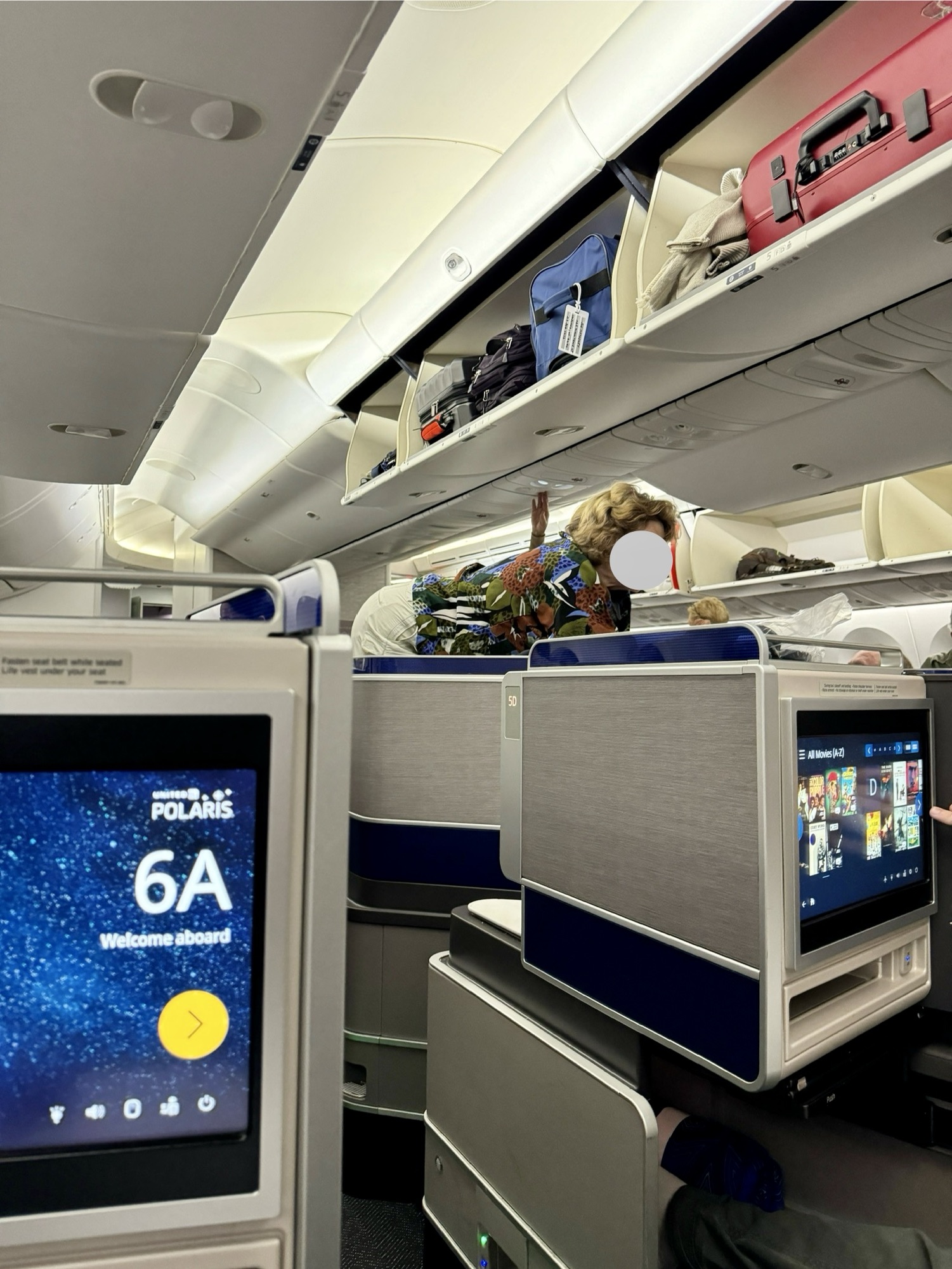
From Alaska Airlines —
Alaska Airlines is celebrating the addition of our newest global airline partner, Philippine Airlines, the flag carrier of the Philippines and the oldest operating commercial airline in Asia. With our new frequent flyer partnership, Alaska becomes Philippine Airlines’ first loyalty partner in North America, opening the door for our guests to book travel to exotic, once-in-a-lifetime destinations such as Palawan and Boracay in the Philippines.
In the coming months, our guests will be able to book flights on Philippine Airlines directly at alaskaair.com, earn Mileage Plan miles for their travel and redeem Mileage Plan miles for Philippine Airlines flights.
I have to hand it to Alaska Airlines for continuing to grow their partnership portfolio. Manila seems to be a quickly growing market, with United now offering two non-stops a day from San Francisco. What remains to be seen with this announced Alaska-Philippine partnership is whether or not onward flights will actually be sold via Alaska’s website. In my experience, the IT aspects of Alaska when booking partner flights on their website leaves a lot of be desired. For example, try to book something like Seattle-Frankfurt, a simple itinerary where Alaska could offer Seattle-London-Frankfurt or even Seattle-Helsinki-Frankfurt, but Alaska will only offer Seattle-Dublin-Frankfurt. Other itineraries are similar, all over the world.
This is particularly frustrating as Alaska promises even more miles on partners when booking through their website. If you book a partner on a partner’s website and credit to Alaska you receive fewer miles; A business class fare on British Airways purchased on ba.com earns only 125% elite miles on Alaska. If you were able to book the ticket on Alaska’s website, it would earn 250% elite miles.
It’s hard to know whether this is intentional or if it is just a lack of IT capabilities. My guess is that there is a huge backlog of technical functionality that needs to be looked at and changed as part of the merger with Hawaiian Airlines and this is taking priority over needs, including partner integration issues.
Another part of this announcement that I find intriguing is that Alaska is actively seeking partners even after the integration into oneworld. It speaks to the fact that the alliances don’t reach everywhere but such connectivity is needed. It might also hint at Philippine Airlines being interested in eventually joining oneworld, kind of like Starlux has hinted at.
In any case, I think this is great news for frequent travelers and we might see some great reward availability open up to southeast Asia so keep an eye out for that! What are your thoughts on the Alaska/Philippine Airlines partnership?








